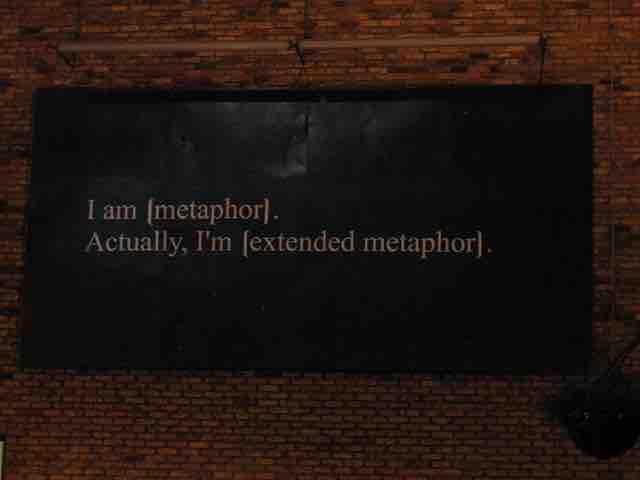
Metaphor
Using descriptive language adds variety and creativity to your speech.
Simile & Metaphor: What Are They?
Similes and metaphors are forms of descriptive language that make comparisons. Similes make their comparisons by using the words "like" or "as" while metaphors directly state what something is.
Why Use Them?
Simile and metaphor are artful ways of speaking to make a comparison. With simile and metaphor, you can paint pictures in the minds of your audience members. They make for more engaging and compelling ways of describing something, which means your audience is more likely to pay attention to what you have to say. Additionally, you have the chance to make bold stylistic choices in your speech through the construction of creative similes and metaphors.
How to Use Simile and Metaphor
Simile and metaphor are constructed of two parts: the tenor and the vehicle. The tenor refers to the subject itself, that which is being described. The vehicle is the comparison or description used to describe the subject. With simile, the tenor and vehicle are linked by the words "like" or "as" whereas metaphor simply states the tenor is the vehicle.
"All the world's a stage, And all the men and women merely players; They have their exits and their entrances. " William Shakespeare, As You Like It
In the example above, the tenor of Shakespeare's line is the world. The vehicle of this metaphor is a stage, with an additional tenor of men and women represented by actors as a vehicle.
As you craft your speech, look for sections that could use vivd imagery; how do you want to make your words stand out in the minds of your audience? What picture do you want to paint with your words?